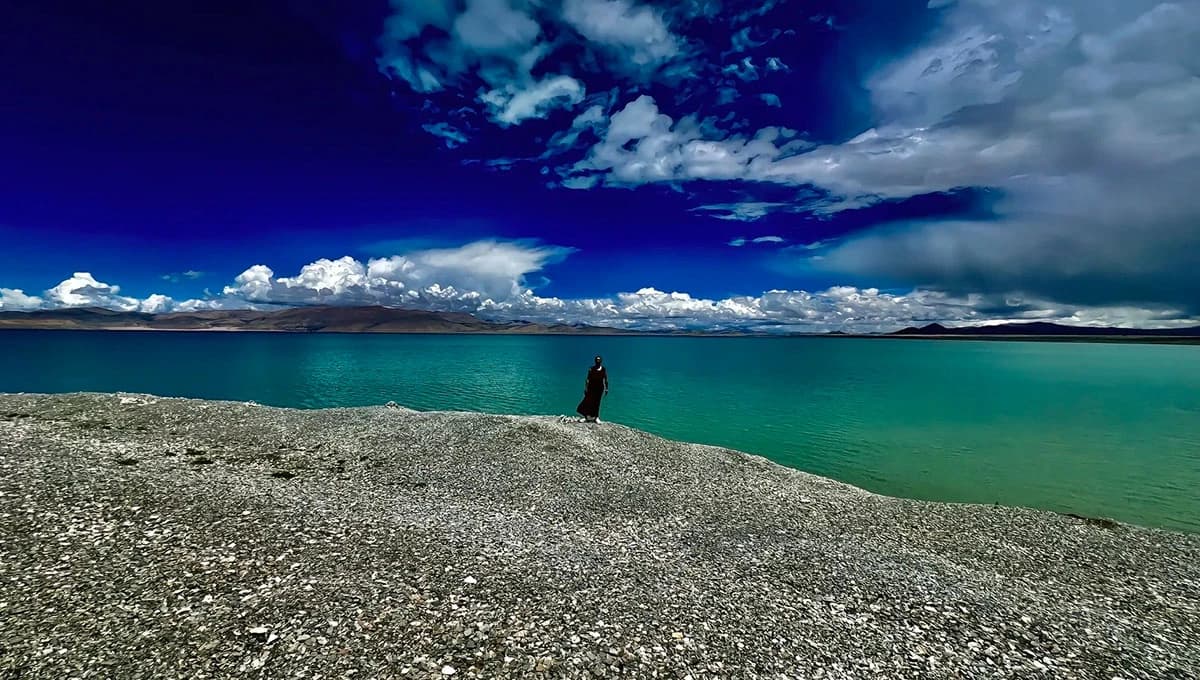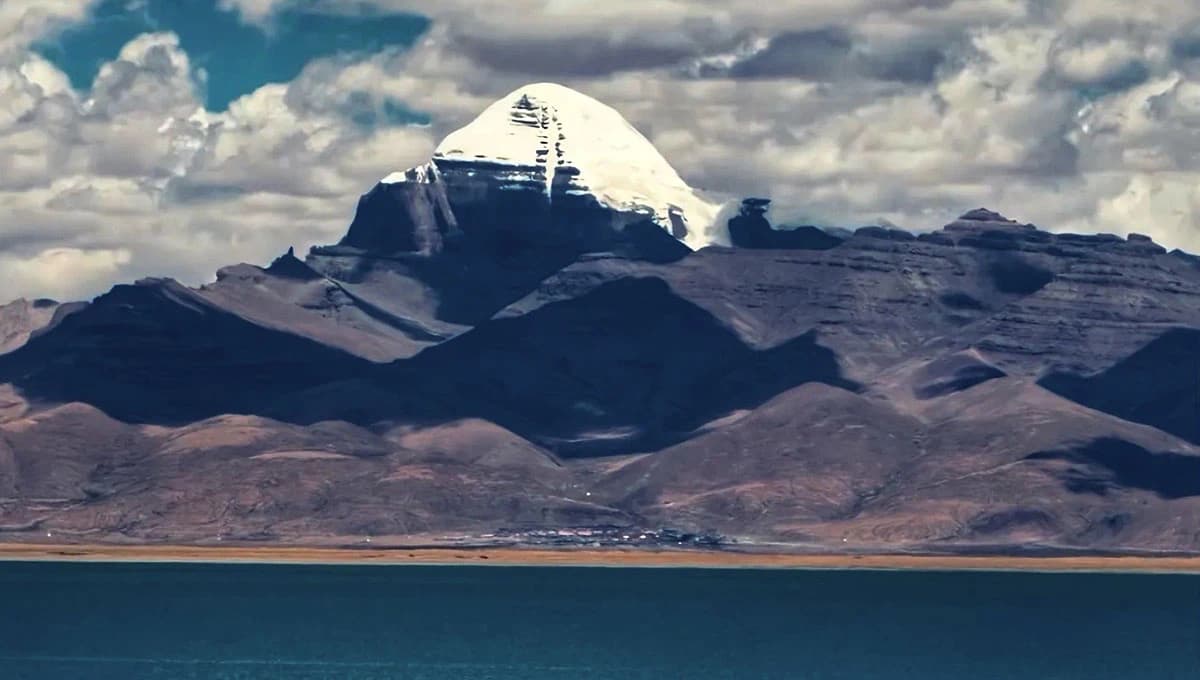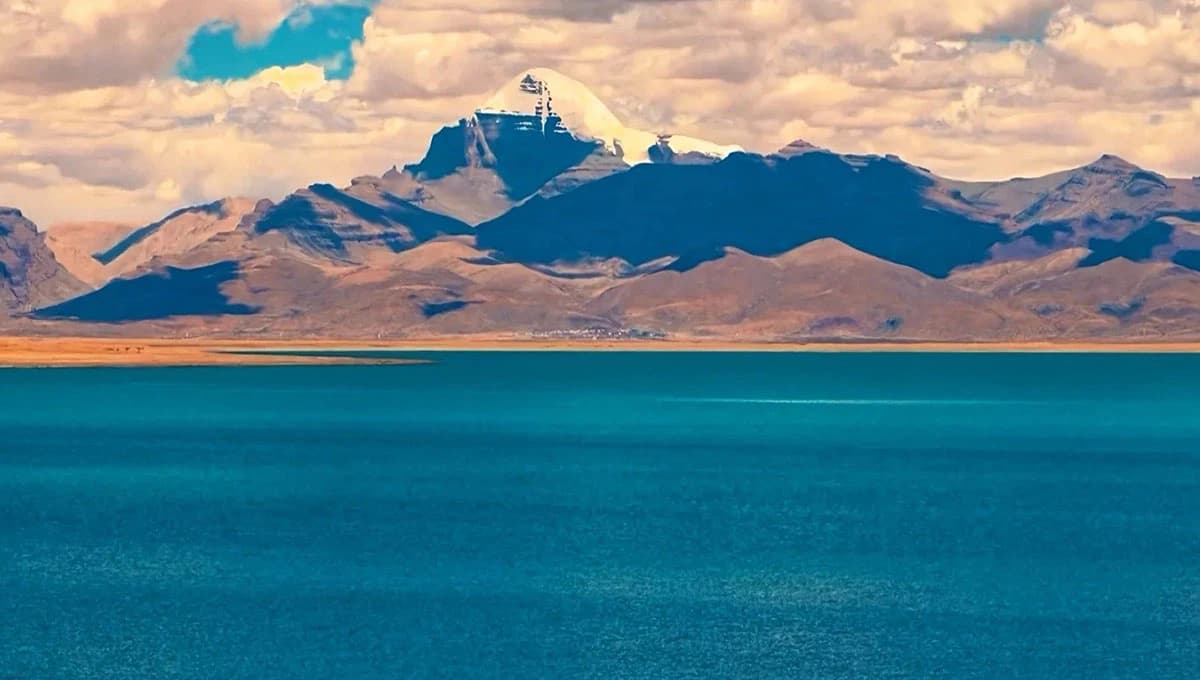Join us for the beautiful and life-changing Kailash Manasarovar Yatra and enrich your spiritual growth. This journey is a homage to Shiva and his abode, Mt. Kailash.
The Kailash Manasarovar Yatra is one of the most revered and spiritually significant pilgrimages in the world. Mt. Kailash is located in the remote and majestic terrain of Tibet and the nearby Lake Manasarovar offers a cleansing charm. The journey is not just a physical trek but a deeply spiritual experience. The Yatra draws thousands of devotees, adventure seekers, and cultural and spiritual enthusiasts each year.
The Kailash Manasarovar Yatra: A Spiritual Pilgrimage to the Abode of Shiva
Mount Kailash is a sacred pilgrimage for Hindus, Buddhists, Jains, and the indigenous Bonpos of Tibet. Hindus regard it as the abode of Lord Shiva, the destroyer and transformer among the Trimurti. Buddhists believe it to be the home of Demchok (Chakrasamvara), a wrathful manifestation of Buddha. For Jains, it is the site where their first Tirthankara, Rishabhadeva, attained liberation. Followers of Bon see it as a spiritual epicenter created by their founder, Tonpa Shenrab.
The Yatra is both physically and mentally demanding. The parikrama of Mt. Kailash spans roughly 52 kilometers and typically takes three days to complete. The route crosses the Dolma La Pass at 5,630 meters (18,471 feet), the highest point of the trek, where oxygen levels are low and weather conditions can change rapidly. Pilgrims must be in good health, properly acclimatized, and mentally prepared for the harsh terrain and altitude.
What is the Best Time go on the Kailash Manasarovar Yatra?
The Kailash Manasarovar is best undertaken between May and September. During these months, the weather is relatively mild and stable, making journey safer and more comfortable.
The months of May and June mark the beginning of the pilgrimage season. You will get clear skies and moderate temperatures, ideal for trekking and high-altitude travel. July and August bring the monsoon season but the rainfall is light in the Tibetan plateau so it is ideal to travel.
September is particularly favored by many, as the weather remains pleasant, the skies are clearer, and the post-monsoon landscape is breathtaking. The reduced number of travelers during this month also allows for a more serene and personal spiritual experience.
Planning your Yatra during this May-September window ensures optimal conditions for experiencing the divine beauty and sacredness of Mount Kailash and Lake Manasarovar.
Highlights of the Yatra
Let’s take a look at the highlights of the yatra.
Mount Kailash
• Considered the abode of Lord Shiva in Hinduism.
• Regarded as the center of the universe in many traditions.
• Unclimbed and sacred—no one is allowed to scale it.
• Pilgrims perform the Kora (parikrama), a 52 km trek around the mountain, usually completed in 3 days.
Lake Manasarovar
• One of the highest freshwater lakes in the world (altitude ~4,590 m).
• Believed to be created by Brahma and purifying—taking a dip is said to cleanse sins.
• Stunning reflections of Mount Kailash are visible in its waters.
• Nearby is Rakshastal, a saltwater lake associated with Ravana.
Spiritual Significance
• Hindus believe circumambulating Mount Kailash erases sins of a lifetime.
• Buddhists associate the mountain with Demchok (Chakrasamvara), a deity of supreme bliss.
• Jains believe Rishabhadeva, their first Tirthankara, attained nirvana here.
• Bon followers see it as the seat of spiritual power
The Kora (Circumambulation)
• Begins at Darchen and covers rugged terrain, crossing the Dolma La Pass (5,630 m).
• Symbolizes a spiritual journey, with hardships taken as acts of devotion.
• Prostration-style parikrama (full body-length bows) is a rare but extreme form of devotion.



